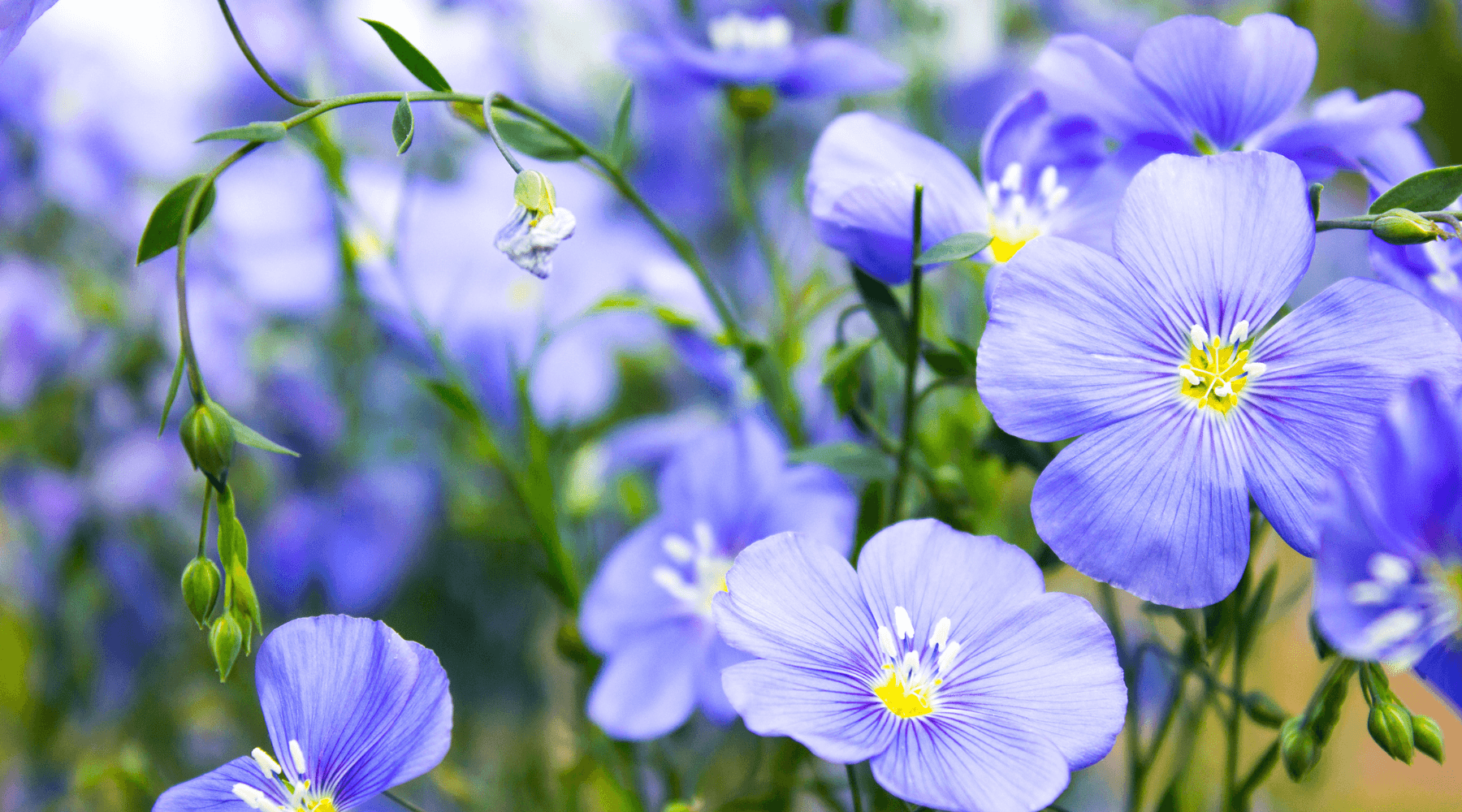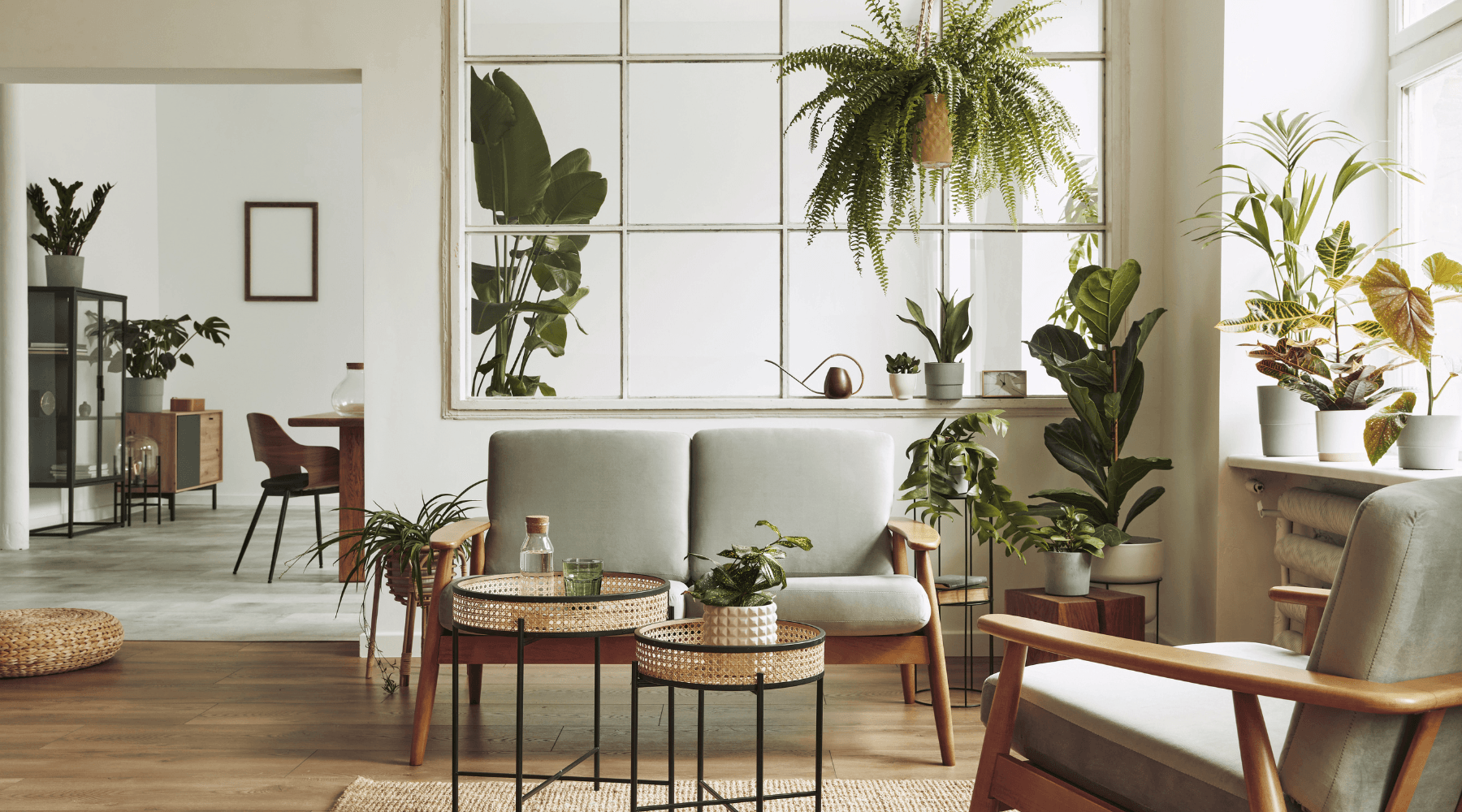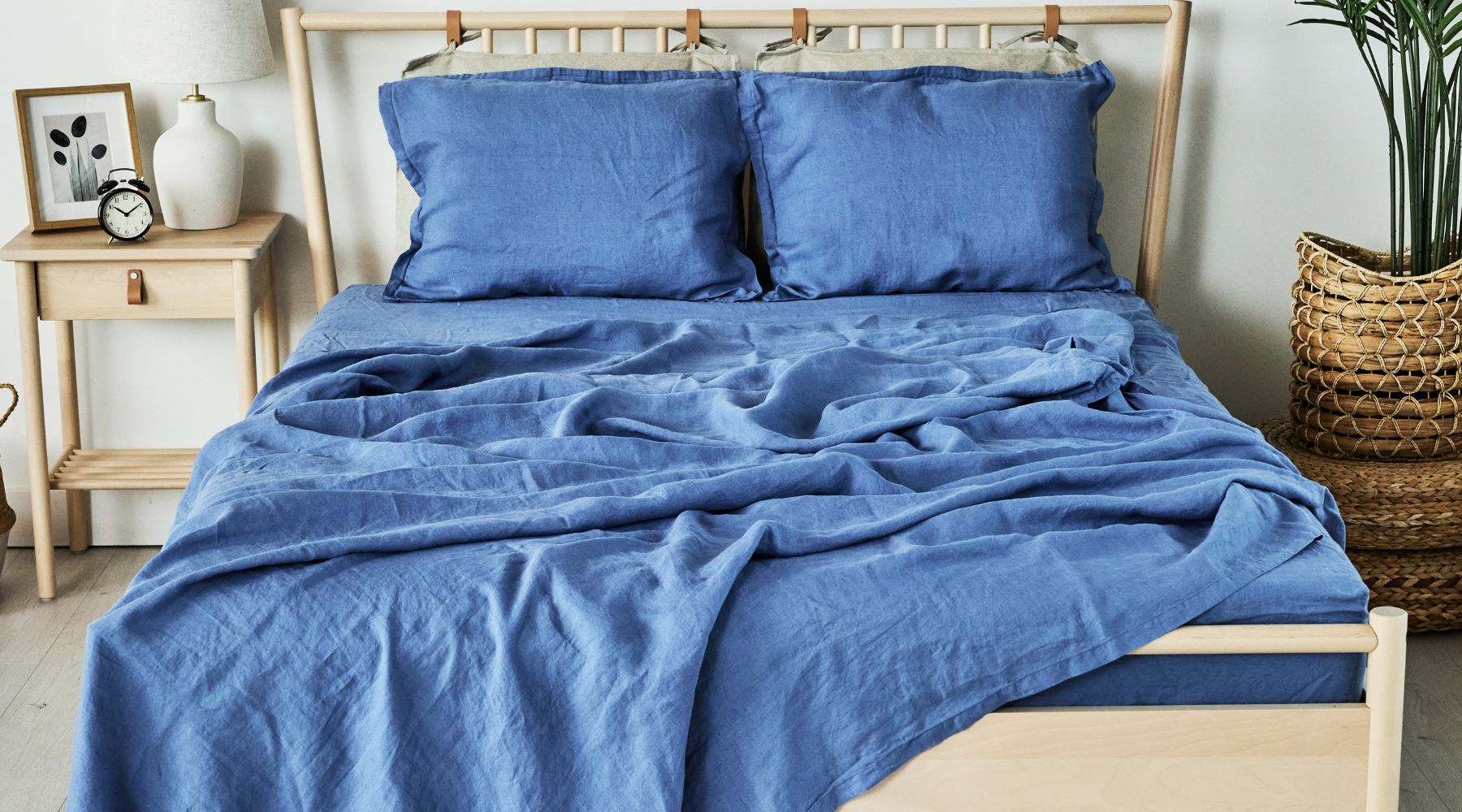
Which Country Makes the Best Linen?
Find out which countries made our shortlist for top linen production—and see which ones truly stand out above the rest.
Linen is the world’s oldest woven textile; it clothed the ancient Egyptians, was used as a canvas for great works of art, and was even fashioned into armor by the Macedonians. Today, it’s grown in many countries around the world. But the conditions under which flax grows naturally are limited, meaning that some countries resort to unethical and unsustainable practices to cultivate flax in places where it wouldn’t normally thrive.
In our list—which is ranked in reverse order—we’ll cover the world’s biggest linen producers, and where we think you should spend your hard-earned money.
Worst: China?

It’s difficult to find information specific to the Chinese linen industry, due to lack of transparency. However, journalists have uncovered issues in the country’s wider textile industry, which have caused serious concern.
The northwestern region of Xinjiang produces 20% of the world’s cotton. This is harvested and processed by as many as one million forced laborers: Uyghurs, Kazakhs, and other mostly Muslim minorities. As the scale of human rights abuses became clear, companies withdrew from the region and the USA eventually implemented a ban on Xinjiang cotton in 2022.
Though journalists have mainly focused on cotton, the European Center for Constitutional and Human Rights (ECCHR) reports that there are also flax plantations in Xinjiang—it is possible, therefore, that similar human rights abuses are occurring in the Chinese linen industry. The Global Organic Textile Standard (GOTS) ceased auditing companies in Xinjiang in response to concerns, stating in 2022 that there are no longer any GOTS-certified producers in the region.
Chinese linen tends to be cheaper than linen from other countries—manufacturers cut corners to cut costs, leading to garments of inferior quality. Earlier this year, the UK’s Sun newspaper reported on some see-through linen trousers bought through Chinese fast-fashion retailer Shein, which the unfortunate customer then shared on TikTok.
Given the Chinese textile industry’s emphasis on production speed and low cost, it’s likely that harmful artificial chemicals have been used to facilitate the retting and dyeing processes. This is why it’s so important to look for OEKO-TEX certification on your bedding. For a deep dive into the harmful chemicals used in bedding production, check out our dedicated blog post.
Better: United States, Ireland, Italy

Flax was introduced to the USA by European colonists to produce fibers for clothing. These days, however, most flax is grown for food (i.e. flaxseed), and to produce the short, coarse linen fibers that go into cigarette papers, napkins, and dollar bills. Bedding-quality flax—the tall plants that yield long, soft fibers—are rarely found here.
Ireland has a rich heritage of linen production and is renowned for exceptional quality. However, most Irish linen is no longer made from Irish-grown flax. This shift was due to environmental concerns tied to the traditional retting process, which separates the linen fiber from the flax stem. In Ireland's cooler climate, retting was historically carried out in rivers, leading to pollution, deoxygenation, and harm to fish populations. In contrast, the warmer climates of France, Belgium, and the Netherlands allow for dew-retting in fields—a more eco-friendly alternative. Therefore, the Irish Linen label indicates linen manufactured in Ireland, but not necessarily from locally-grown flax.
The main drawback of Irish linen is its lack of traceability. Unlike European Flax or OEKO-TEX certifications, the Irish Linen Guild does not conduct detailed audits. They simply state that the Guild is “open to Irish companies who make up Irish linen into finished products; if the use of Irish linen is a significant percentage of their business.” While it is likely that most of the flax used for Irish linen is sourced in Europe, it is not guaranteed. There is also no requirement for Irish linen to be organic.
Just like in Ireland, Italian linen is reputed to be of high quality, but the flax used to make it is grown in France, Belgium, and the Netherlands. Which leads us on to our top three countries for linen production…
Best: France, Belgium, Netherlands

A belt of land stretches across northern France, Belgium, and the Netherlands, where the soil is loamy and the climate is temperate and oceanic. Here, conditions are perfect for growing high-quality flax without resorting to artificial farming techniques. It’s no surprise, then, that three quarters of the world’s flax is grown here. France leads the pack when it comes to quantity, accounting for 60% of world production.
Farmers in this region must sign up to the European Flax Charter. The charter guarantees the following:
- No irrigation (except in exceptional circumstances)
- No genetically modified organisms (GMOs)
- Natural dew retting in the field
- 100% mechanical scutching (separation of long and short fibers)
- Zero waste: all parts of the plant are recycled
- Working practices conform to International Labour Office (ILO) regulations
The charter adds that European Flax is “a hypoallergenic, anti-allergenic, anti-bacterial fibre…a hollow fibre that boosts natural thermoregulation, insulation and breathability.” We couldn’t agree more—take a look at our blog on the many health benefits of linen bedding.
The charter also emphasizes the importance of sharing knowledge and passing it down through generations, keeping centuries of tradition alive. The Modern Dane is proud to support this heritage: our organic linen duvet covers are made from certified European flax grown in France, Belgium, and the Netherlands. Our European bedding also carries OEKO-TEX and GOTS certifications, guaranteeing that it’s produced ethically and safely.
But Isn’t Belgian Linen Best of All?
Belgian Linen™ (yes, it’s trademarked) certainly has the most name recognition worldwide, as well as having one of the longest-standing linen traditions. Julius Caesar, in fact, commented on the quality of linen from Belgian Flanders way back in 100BC. But here’s a secret: Belgian Linen isn’t necessarily made from Belgian flax! The requirements stipulate that Belgian Linen must be woven in Belgium, but can be made from European Flax from France, Belgium, or the Netherlands. Which is exactly what we use at The Modern Dane!
Belgian craftsmanship is certainly of a high quality—but so is that of the Portuguese town of Guimaraes, where our European duvet covers are made and where the art of weaving has been perfected over generations.
Do you know where your bedding was made? Have we convinced you to look for European Flax? Let us know on Instagram, Pinterest, Facebook or Twitter!






Leave a comment
This site is protected by hCaptcha and the hCaptcha Privacy Policy and Terms of Service apply.